Several different routes can be used to ascend and descend Mount Kilimanjaro. All have advantages and disadvantages, and the best choice for any individual depends mainly on their priorities.
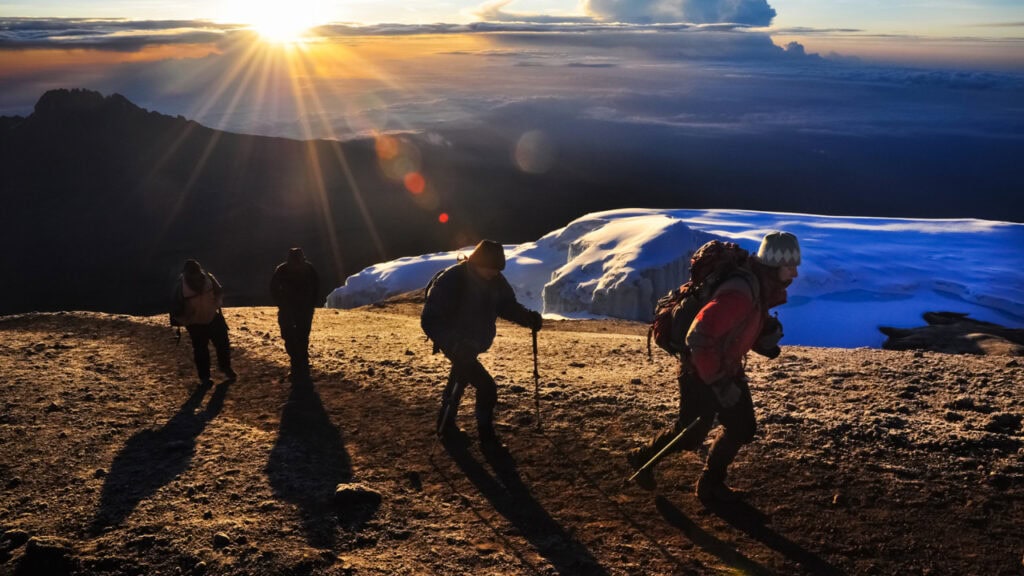
Consider, for instance, whether your sole priority is to summit the roof of Africa, or is it equally important to maximize wildlife viewing potential and opportunities for scenic photography?
Are you looking to keep costs to a minimum by using the shortest and most popular ascent route? Or are you willing to splash out on a slower and more gradual ascent route, thereby reducing the risk of altitude sickness or exposure-related issues?
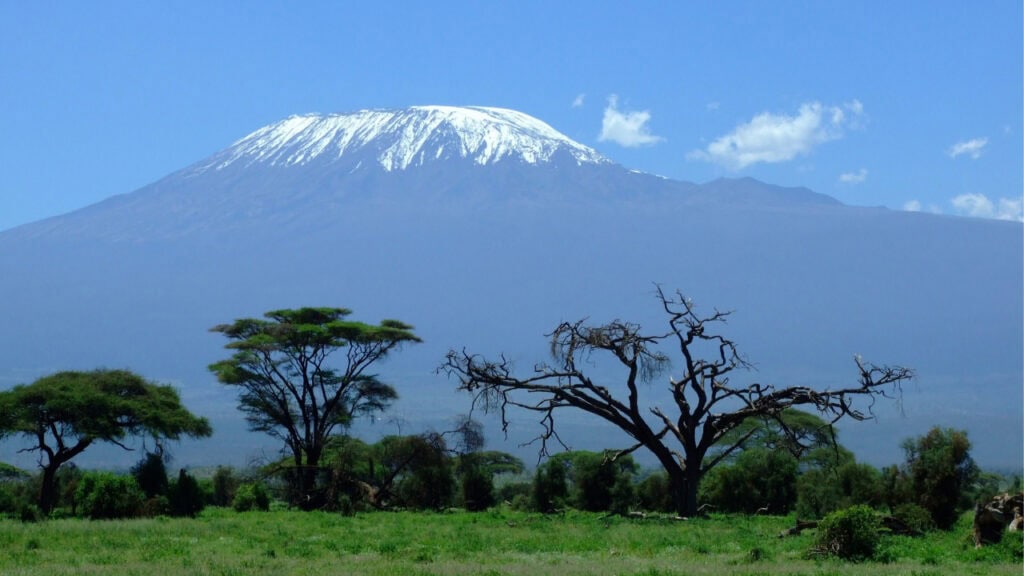
Would you prefer to stay in the relatively comfortable huts that service the most popular route, or are you willing to sleep under canvas (a potentially chilly prospect at higher altitudes) to escape the crowds?
Whatever your requirements, the following notes will help isolate the route that best meets them.
Marangu Route
Starting at the Marangu Gate near the small town of the same name, this is the most popular route up Kilimanjaro. The advantages are that it is a much more affordable Kilimanjaro climb than other more obscure routes, less arduous than most, and has the best rescue facilities.
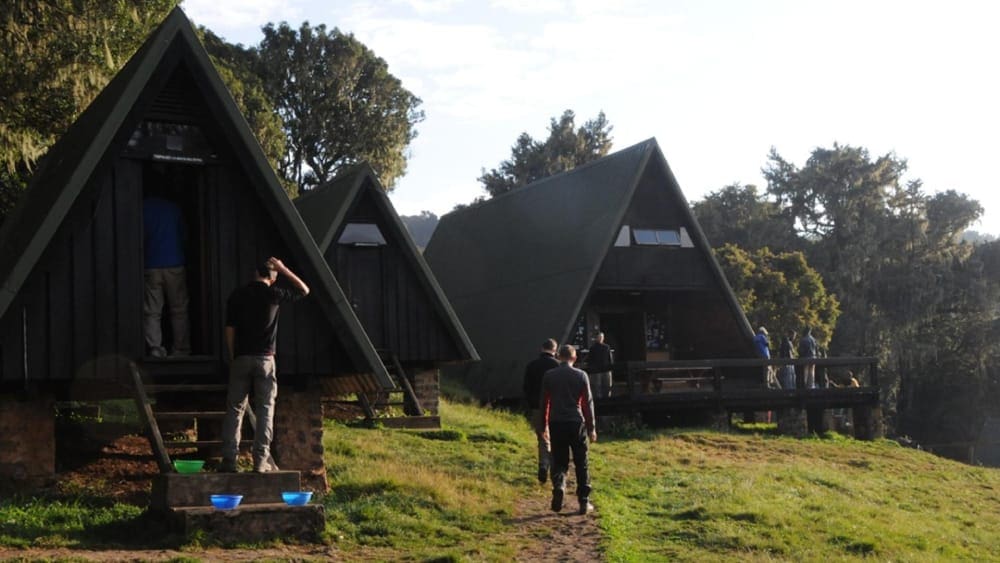
Marangu is also the only route where you can sleep in proper huts throughout, with the bonus of bathing facilities and bottled drinks for sale.
Unsurprisingly, the Marangu Route is to some extent a victim of its popularity. Trampled by a greater volume of tourists than all other routes combined, it can feel pretty overcrowded, especially in peak seasons (late July to early October and mid-December to mid-January).
The ascent and descent of Marangu usually take five days and four nights.
Hikers spend the first night at Mandara Hut (set at 2,700m in the forest zone and frequented by blue monkeys) and the second at Horombo Hut (situated at 3,720m in a valley studded with giant lobelia and groundsel).

The third night starts at Kibo Hut (4,703m), from where it’s customary to start the final ascent before 1 am to reach Gillman’s Point at sunrise.
You then continue along the rim of Kibo Caldera to Uhuru Peak, the highest point in Africa, before returning to Horombo Hut for the fourth and final night.
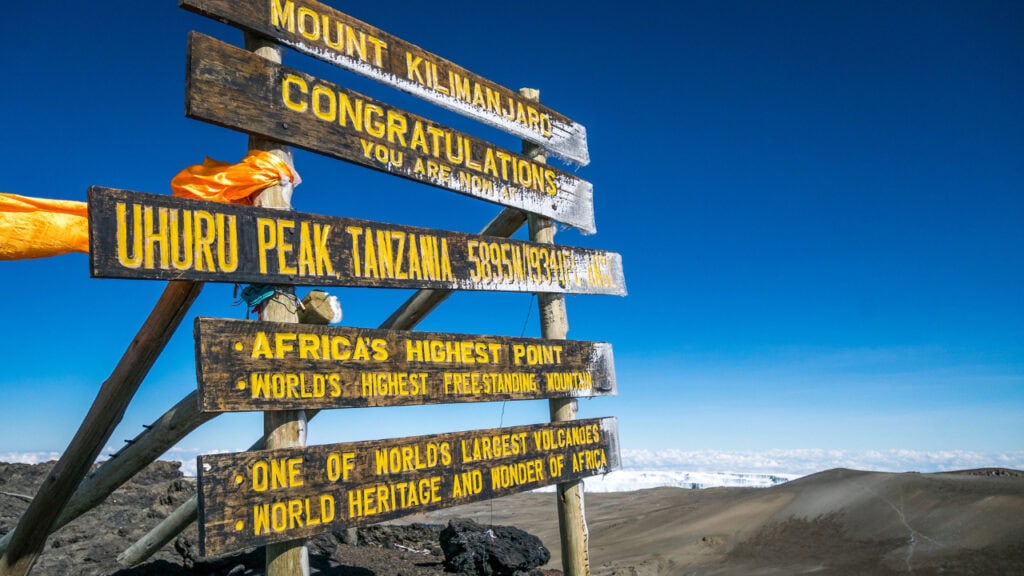
This is a demanding itinerary, and the risk of altitude-related illness is greatly reduced by adding a full day and an additional night at Horombo Hut before climbing into the alpine zone.
Machame Route
Requiring at least six days and renowned for its spectacular scenery, Machame is the second most popular route up Kilimanjaro.

A few short sections are slightly tougher than anything along the Marangu Route. Still, overall the ascent is gentler, allowing for longer acclimatization before summiting.
There used to be mountain huts along the Machame Route, but these are now in ruins, so camping is the only option. The first night is spent at Machame Hut, which stands at an altitude of 2,890m (9,482ft) on the cusp of the forest and moorland zones.

The second night is spent in the moorland at Shira Hut (3,840m), where it’s possible to sleep in a cave. The most usual options for the third and fourth nights are Barranco Campsite (3,950m) and Barafu Hut (4,600m).
A midnight start is required to reach Stella Point on the Kibo rim at sunrise.
Mweka Route
The fastest ascent route to the summit of Kilimanjaro starts at Mweka Wildlife College. It involves two steep day hikes to spend the first night at Mweka Hut (3,100m) and the second at Barafu Hut (4,600m), neither of which is habitable, so you’ll need to camp.
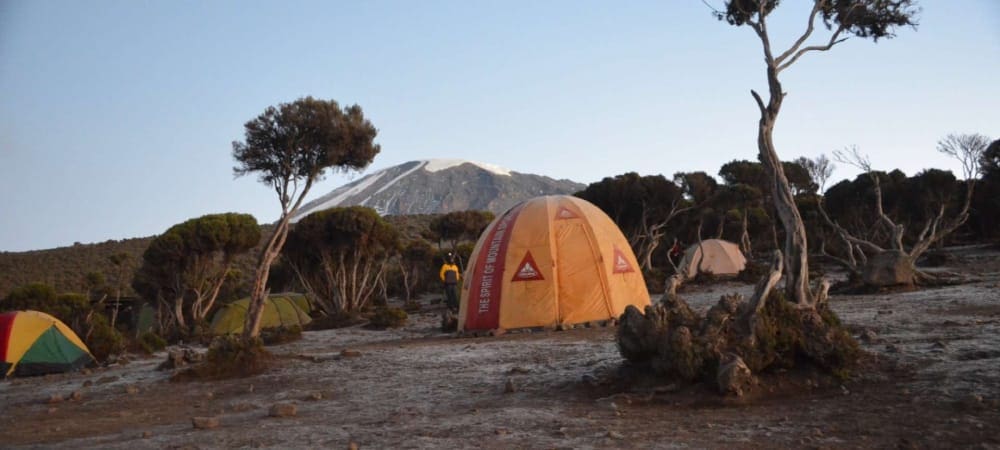
In theory, you could summit at Stella Point on the third morning and be back at the mountain’s base on the afternoon of the fourth day.
However, this option is viable only for supremely fit hikers with sufficient experience to know they don’t require much acclimatization.

In practice, it is most often used as a quick descent route by people who ascend along the Machame or Shira route.
Umbwe Route
Connecting the village of Umbwe to Barranco Campsite (3,950m), this is possibly the most scenic official route up Kilimanjaro, but also the steepest and the most dangerous since it involves one short stretch of genuine rock climbing.

It is occasionally used as a descent route, but many operators prefer not to take the risk.
Shira Route
This most gradual of the ascent routes up Kilimanjaro starts at Shira Gate (3,590m) on the western flank and is ideally covered over six, seven, or eight days.
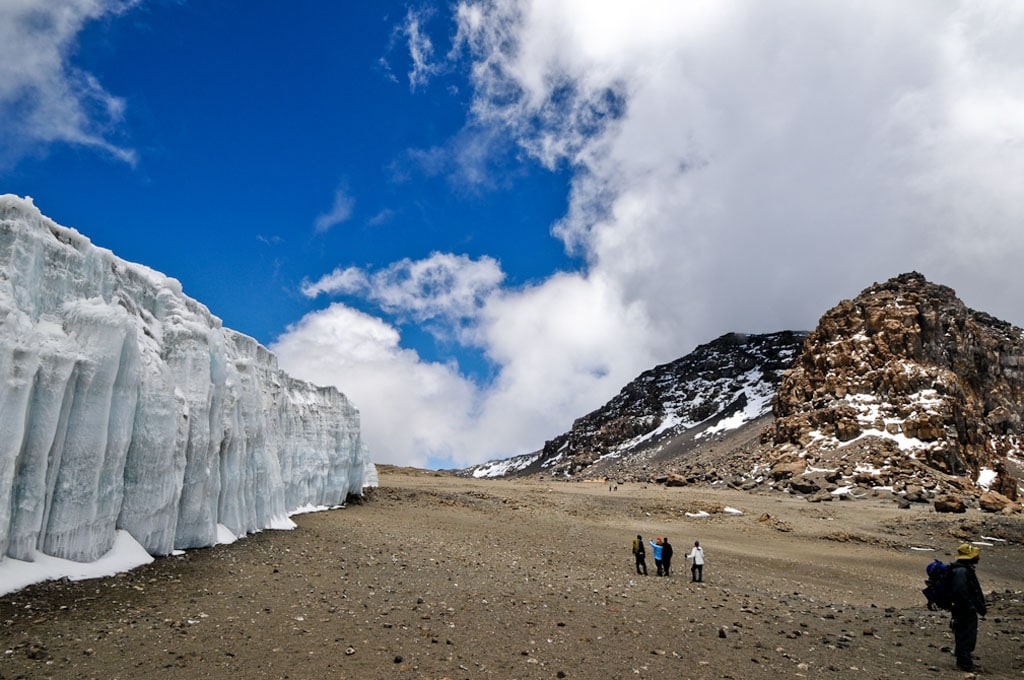
It crosses the scenic Shira Plateau, a tract of open Afro-alpine moorland studded with volcanic rock sculptures and often hosts large mammals such as eland, elephant, and buffalo.
A disadvantage of this route is that it omits hiking through the forest zone (which might not be bad in the rainy season), but it also means you spend far longer above the 3,500m (11,483ft) contour before starting to summit.
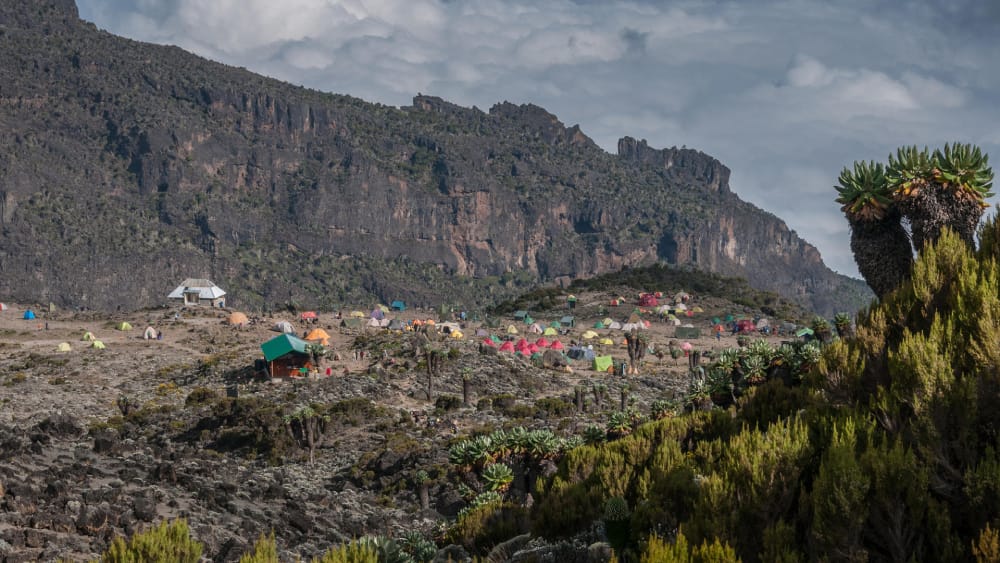
It also tends to be uncrowded until it converges with the Machame Route prior to summiting at Stella Point. It’s normal to descend through the forest zone following the Mweka Route.
Lemosho Route
This relatively new and beautiful six- to eight-day route starts in the west and runs roughly parallel to and south of the Shira Route before converging with it on the second day.

The main advantage over Shira is that it starts at a significantly lower altitude, which means you get to hike through the forest zone and are less likely to experience altitude-related issues on the first day or two.
Northern Circuit
The newest, most remote, and longest route for climbing Kilimanjaro, the Northern Circuit is a thrilling variation on the Shira and Lemosho Routes.
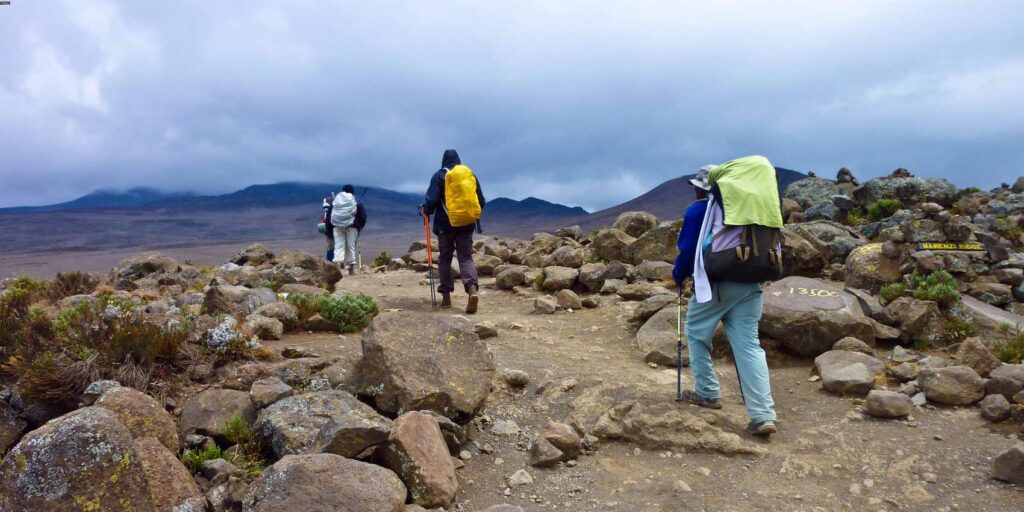
The circuit starts in the west and then does a three-quarter circuit around the northern slopes of Kibo before summiting from the east on the penultimate day.
The circuit requires at least nine days and can be extended to 10 or 11 days by adding a night camping within Kibo Crater, the ultimate high-altitude Kili experience.
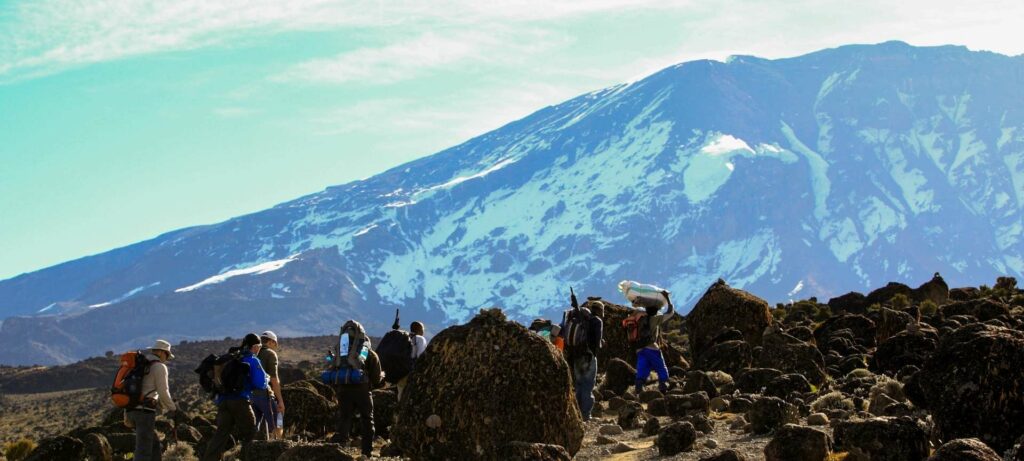
Because the ascent is so gradual, allowing a full week before you tackle Uhuru Peak, it offers the best possible chance of successfully summiting and exploring several off-the-beaten-track parts of the northern slopes covered on no other route.
The long duration and logistics of arranging an extended hike to more remote areas also mean it is the most expensive option.
Rongai Route
This is the only ascent route to approach Kilimanjaro from the north.
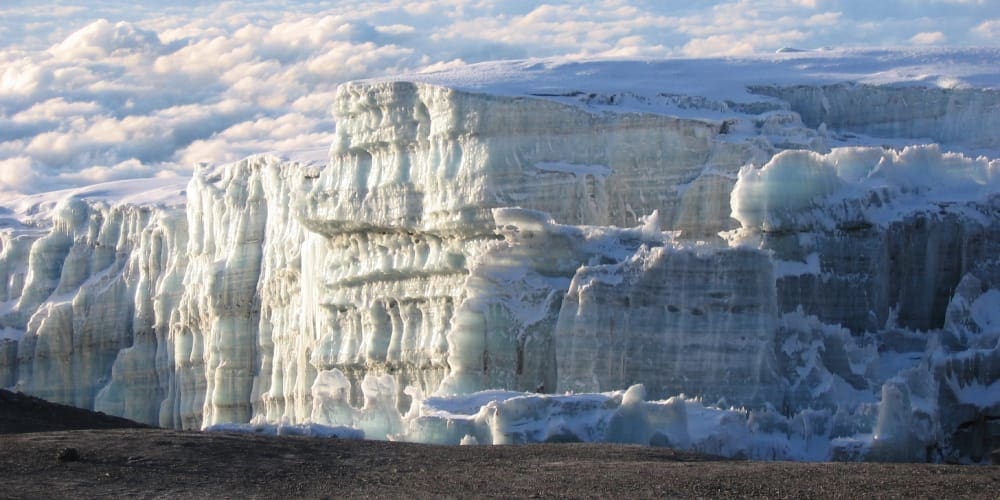
Rongai is widely regarded as the route of preference during the rainy seasons (late March to early June and November to December) since it’s sheltered from the rain-bearing south easterly winds that drench the southern slopes.
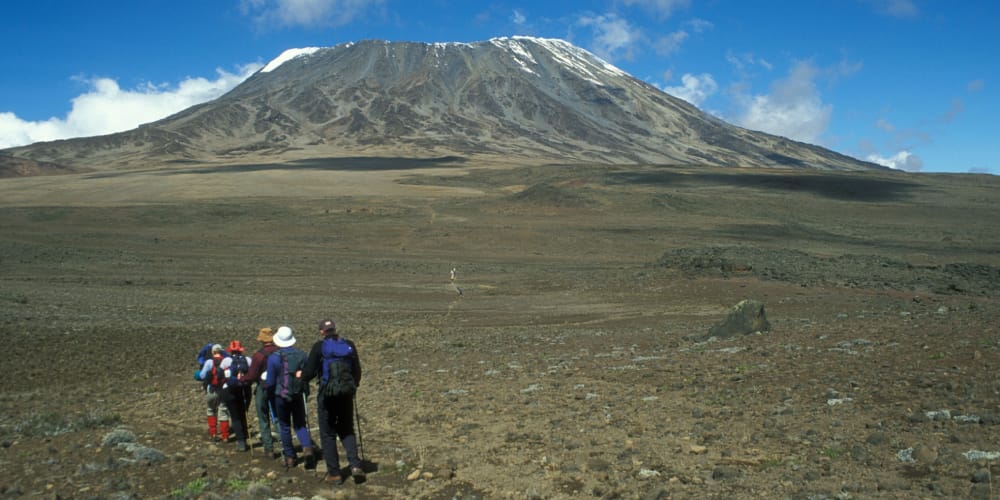
It’s also worth considering at other times of the year since it is reasonably gradual, offers some lovely views over the Tsavo Plains, and provides a better chance of encountering large wildlife than other routes.
Five-, six- and seven-day variations are offered. All tend to be very uncrowded until they converge with the Marangu Route at Kibo Hut.